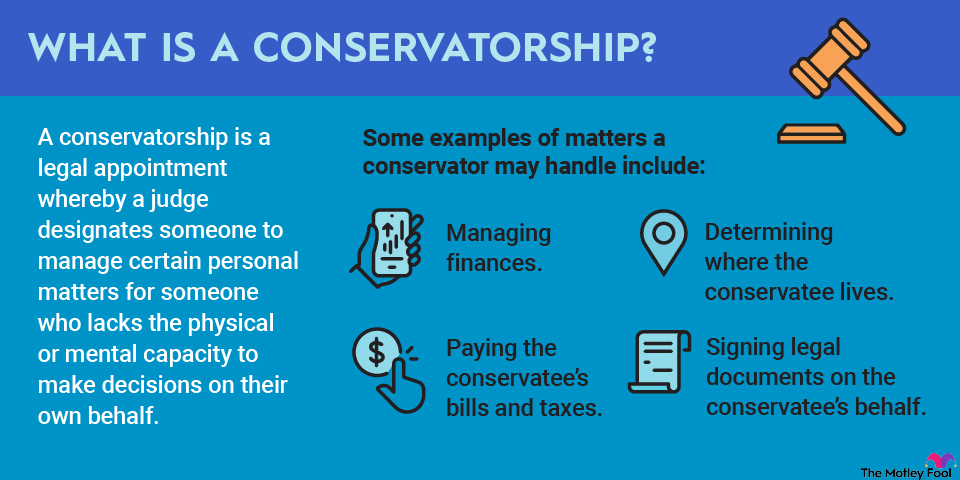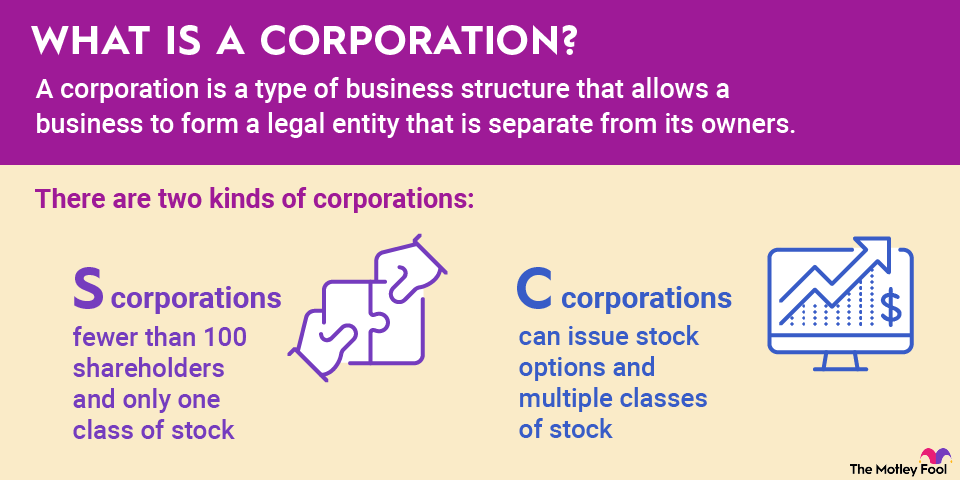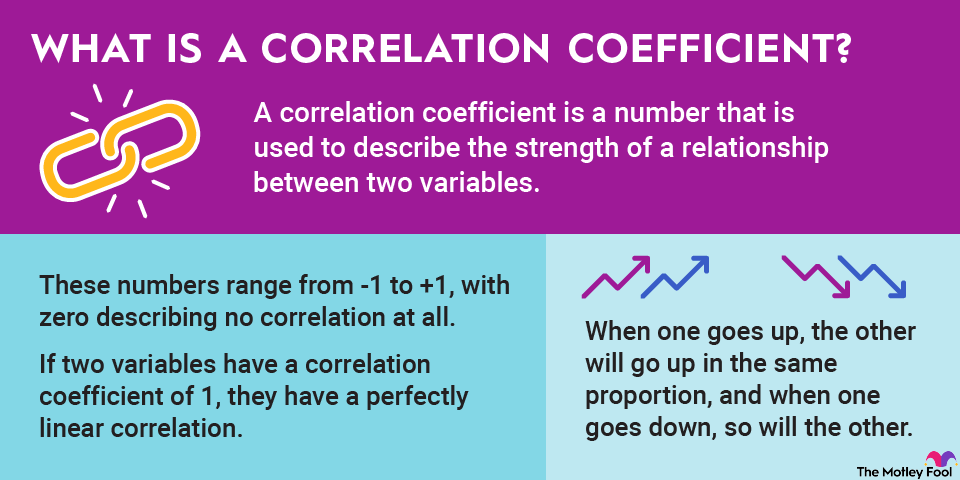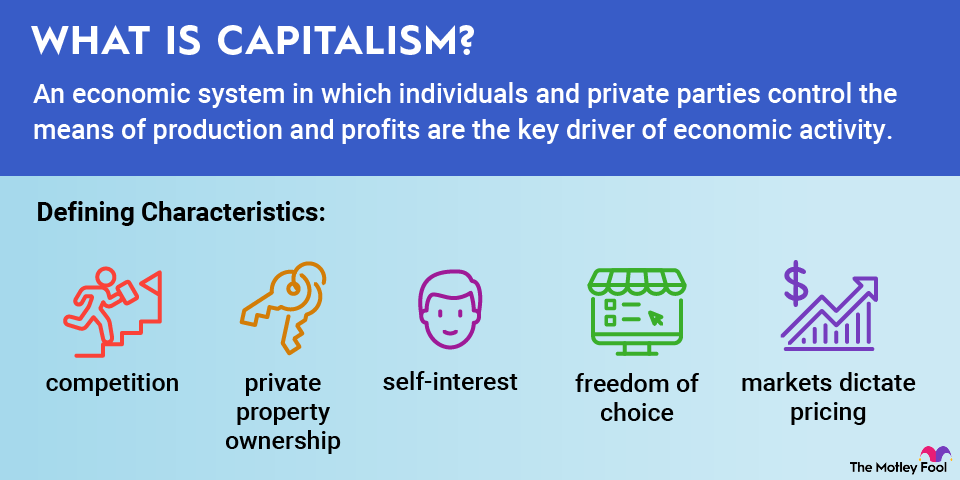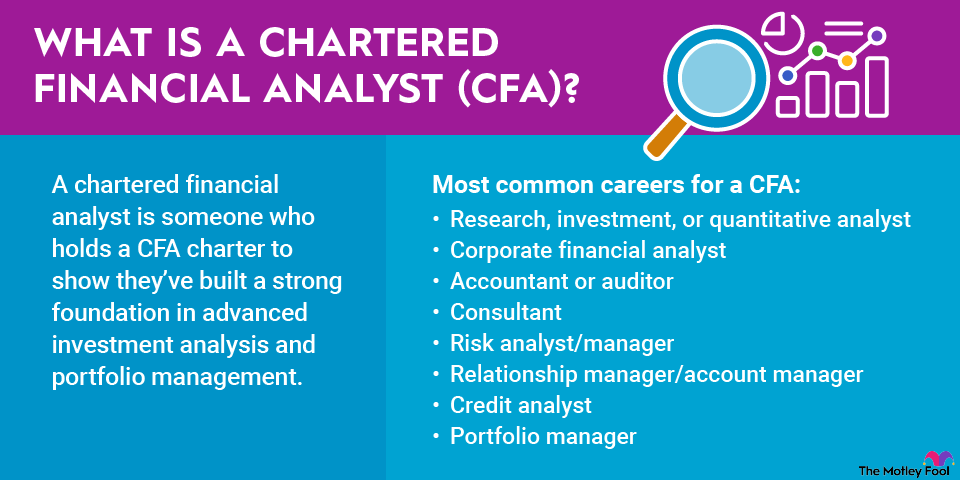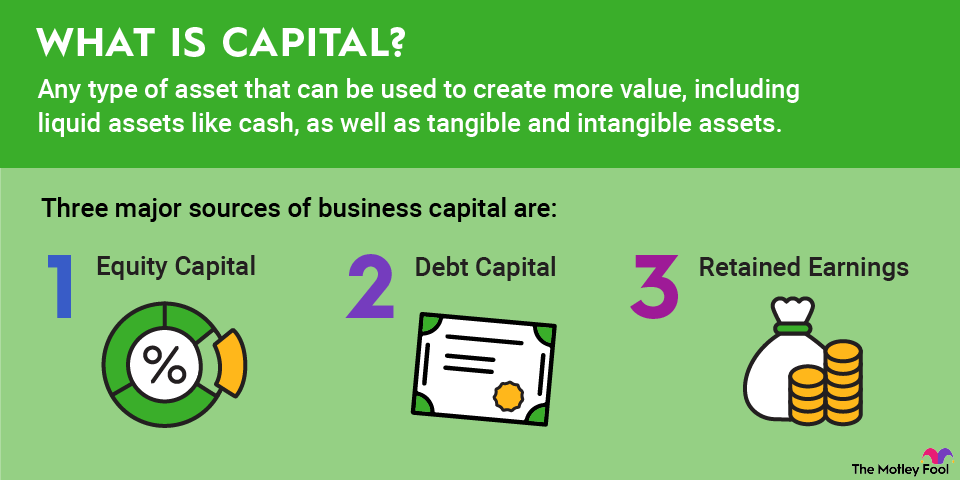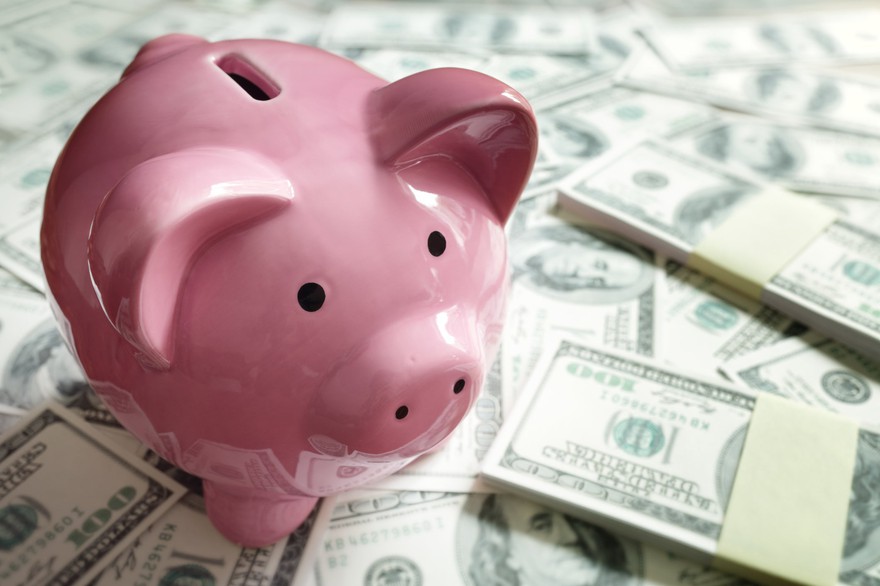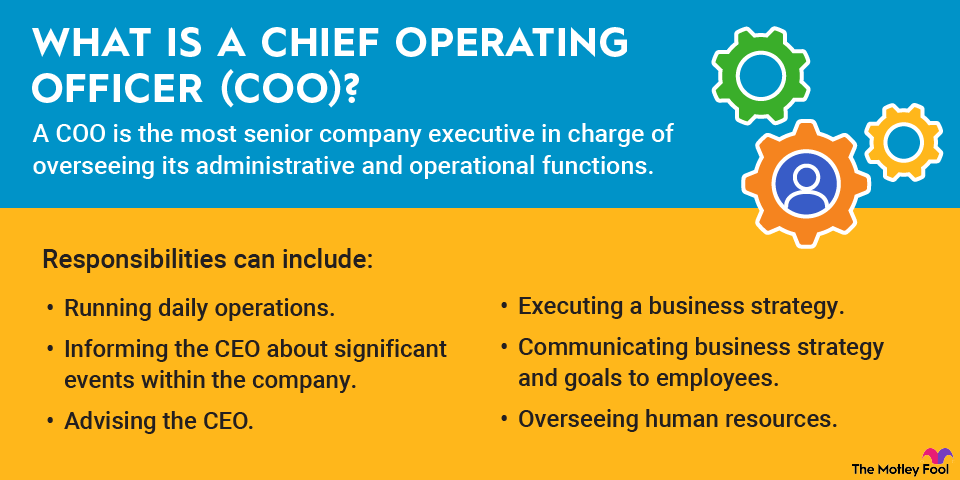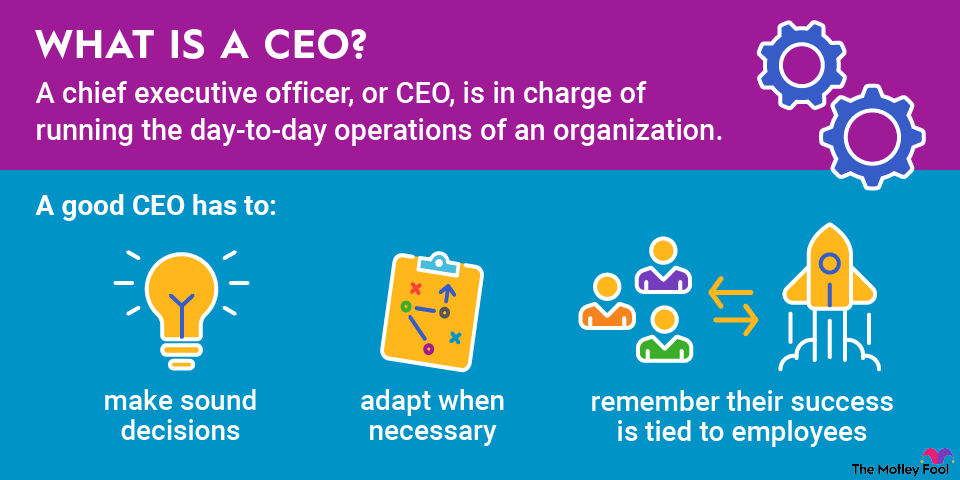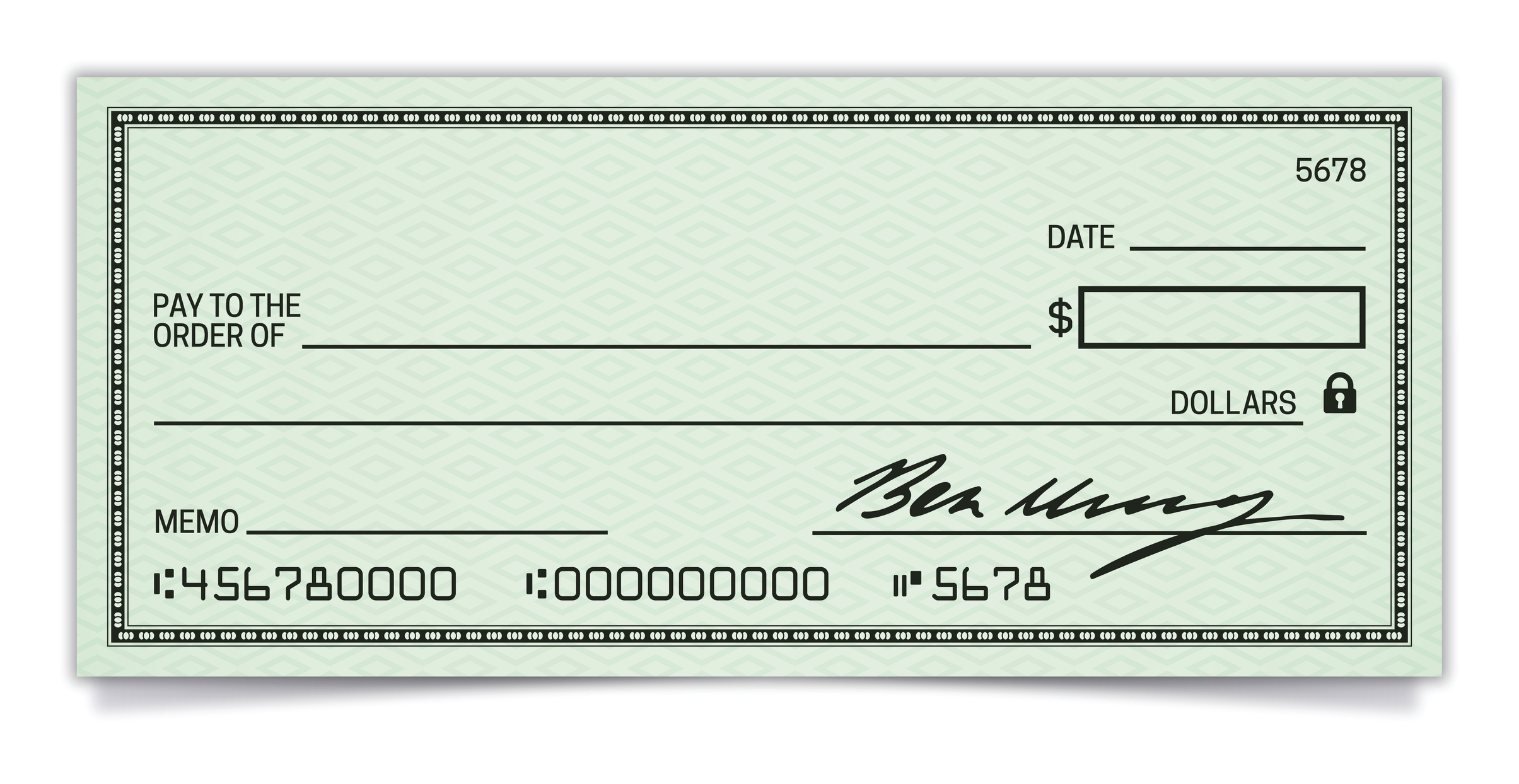You've probably heard talk about commodities in the business media, and you might be able to think of some examples of commodities -- but how much do you actually know about them?
Commodities often describe the markets used to trade some of the world's most important goods. But there's much more to know about this market that's worth hundreds of trillions of dollars. In this look at the topic, we'll go over the definition of commodities, what you should understand about commodities, and why they matter to you as an investor and as a consumer.

What does "commodities" mean?
Commodities are undifferentiated products. They are distinct from branded products like cars, watches, or smartphones, which are generally identified by the company that makes them.
Commodities tend to be naturally occurring products like oil and silver or crops like corn, soybeans, and cotton.
Much like individual stocks, these products trade on an exchange with prices determined by the open market. Prices can be affected by any number of factors, including weather, war, politics, trade regulations, demand, the strength of the global economy, or a disruptive event like the COVID-19 pandemic.
Why do commodities matter?
Whether you're an investor or consumer, commodities likely have a direct impact on your pocketbook.
Even if you don't drive or if you drive an electric car, the price of oil is absorbed into most of the goods that you purchase because the trucks and freight liners that carry them run on diesel and other oil-based fuels.
Meanwhile, commodities also play a major role at the supermarket. Almost every kind of food -- whether it's corn, beef, dairy, or fruit -- starts out as a commodity before being processed into a branded product for grocery store shelves.
The global rise in consumer prices that began in 2021 and continued into 2023 has highlighted the sensitivity of commodity prices. Both food and energy prices have risen due to the impact of the war in Ukraine, the expansion of the global money supply during the COVID-19 pandemic, and a recovery in consumer demand as the pandemic receded.
How do commodities affect investors?
It's important for investors to understand the market dynamics behind commodities.
Commodities are distinct from stocks in that there is no competitive advantage that a commodity can occupy since they aren't products or businesses controlled by one entity.
Commodities also are subject to market dynamics, so most of the successful investing in commodities like crude oil comes down to market timing or being able to forecast a spike in prices due to something like a geopolitical crisis or a major weather event.
If you invest in stocks, you may be better off avoiding commodities or companies that depend on them. Most companies that sell branded products avoid commoditization and use marketing and other tools to convince consumers that their products are unique. Because commodity companies like oil producers don't control oil prices, they're subject to the uncertainties of the oil market and a number of boom-and-bust cycles.
Coca-Cola (KO -0.48%) is a good example of a successful branded product. It competes with a number of other colas, sodas, and beverages, but a large part of the company's success comes from distinguishing itself from competitors through its brand, packaging, and flavor profile, as well as a distribution network that ensures its products are readily available around the world.
Similarly, Apple (AAPL +0.52%) faces competition in devices like smartphones, tablets, and laptops, but it's been able to generate monster profits because it distinguishes itself with its brand, its operating system, its own design, its own chips, and other features that help differentiate it.
Related investing topics
What's a good example of a commodity?
One example of a commodity that has resisted attempts to brand it is the banana.
The industry is characterized as an oligopoly because it's dominated by a handful of companies, including Chiquita, Dole, and Del Monte. Even so, attempts to brand the banana have had little success.
For example, these companies generally put stickers on the fruit featuring their brand and logo. For consumers and grocers, however, the branding is frequently overlooked. Consumers don't differentiate between the brands and treat the Cavendish banana as a commodity that will naturally resist differentiation.
Commodity prices tend to rise in bull markets and fall in bear markets, especially during a recession, since many commodities are sensitive to the overall economy.
If you're interested in investing in commodities, keep your eye on the global economy and other factors like geopolitics that can affect supply and demand for the commodities you are interested in trading.
